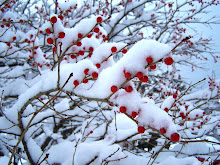Lake Champlain is an everchanging creature. It is calm and serene, and on a clear day you can see forever. The next it may be a foggy torrent of wind and waves crashing upon shore. A boater's paradise, a fisherman's dream, nestled between two of the worlds oldest mountain ranges to the east and west.
It was covered by retreating glaciers around 10,000 years ago, and inhabited thereafter by native americans. "Discovered" in 1609 by Samuel D. Champlain, it was tugged between the french and british till the states took form. As always before, and during the first two wars to face the United States (Revolution and 1812), Lake Champlain was an important invasion route both north and south.
In it today swim Lake Sturgeon, a relic of many years. Alongside with new comers like White Perch and Double Crested Cormorants. Its ecology and water quality have changed as a result of human use. It is also the jewel of the regions aquatic recreation, drawing quite a large gas driven flotilla. A couple annual bass tournaments are held here, because of its notable smallmouth bass.
Water quality issues are surfacing because of human issues; shoreland development, wetlands loss, agricultural runoff, stormwater runoff and erosion within watersheds. Invasive species like zebra mussels, purple loosestrife, water chestnut, and eurasian milfoil that are spread by humans. The list goes on and on.
We need to separate between the science of managing Lake Champlain, and the politics. Sounds so simple doesn't it? If we apply ourselves now we can have results in the future, maybe in time for our grandchildren.
Sunday, April 8, 2007
Subscribe to:
Post Comments (Atom)




No comments:
Post a Comment